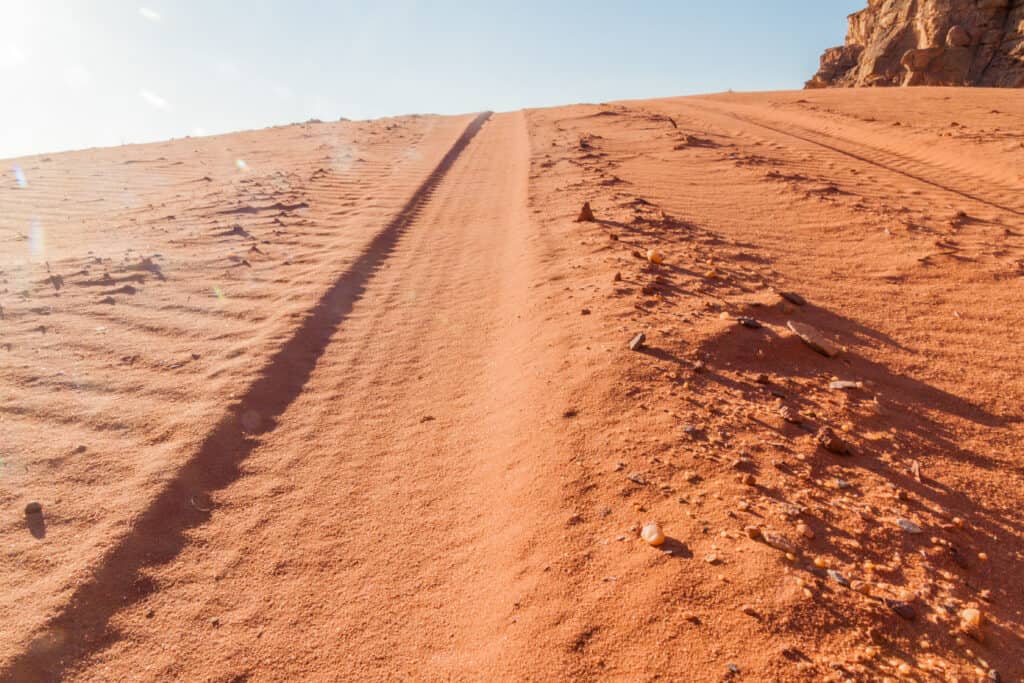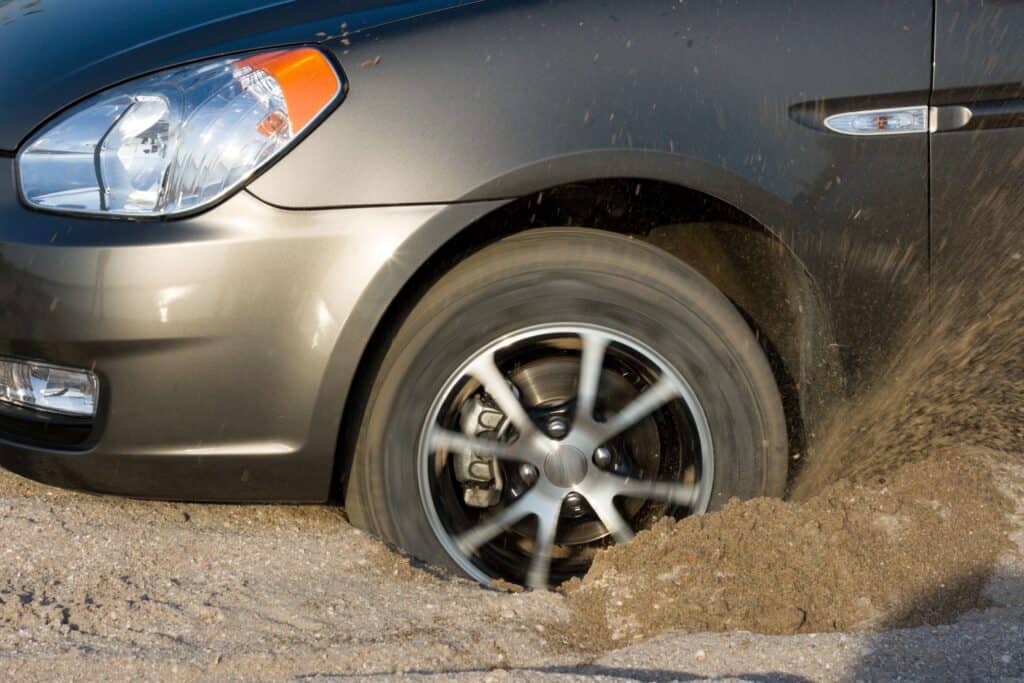Can FWD Drive On Sand?
Everybody loves a drive to the beach in a comfy car! However, the idea of getting stuck in the sand is less appealing. Let’s find out whether your FWD (front-wheel drive) car can get the job done.
Not to be mistaken for 4WD, FWD can technically drive on the sand. As long as the sand is not too wet and not too soft, it will be safe. However, keep in mind that using FWD is not recommended. While driving on the sand is possible, there is a risk of getting terribly stuck.
If that sand just looks so tempting to drive on but you still aren’t sure what you should do, we’ve gathered some information that might help you decide!
Picking the Right Sand
The beach and the dunes are two very different places that will require different driving tactics. Of course, driving with FWD is a different story than driving with 4WD.
If you are driving in the dunes with an FWD vehicle, you should know what you are doing. Before you begin, keep in mind that you cannot afford to get cocky. It is not possible to tackle every single trail or dune with even a 4WD, let alone FWD. If you were to try to scale a tough hill that even a 4WD vehicle could not take with an FWD, you will be up to your neck in trouble, and, of course, sand. The car’s chassis will be buried within seconds, and at that point, it will be extremely difficult to dig it back out.
The very first thing you should do before heading out is to safely plan where you are driving. If you can honestly say you are positive your car can handle it, then hit the dirt by all means. Otherwise, you probably ought to plan a different route, or at the very least, take a different car.
When you pick where to drive, you should take into account the type of sand you are likely to encounter. There is powdery sand, hard sand, and soft sand to contend with. As a general rule, you should try to avoid soft sand with FWD. It is much harder to gain traction and much easier for your tires to quickly become bogged down and hopelessly stuck.
That being said, if your destination is the beach, you need to exercise extreme caution. There are plenty of beaches with hard sand, and any of them would most likely be a safe enough choice. However, if you do drive on the beach at all, you must avoid getting too close to the shoreline. The sand gets softer and softer as it gets close to the water, and believe me, you will not want to be stuck in the shallows when the tide comes in.

To get a feel for the land, it might not be a bad idea to walk along the beach or the dunes before driving. This will help you develop an idea of what you’re in for and whether or not you need to change locations and/or vehicles. If you are nervous, you can also spend some time watching other drivers take to the sand. This will also help you to understand how driving on the sand with FWD works and whether or not you are prepared for it.
If you are walking on the sand and feeling a lot of sinking and resistance, your FWD probably shouldn’t touch it. If the sand is tight and hard-packed, it is undoubtedly the safer choice for your vehicle. Unless you are adventurous and prepared for the potential headache of getting stuck, don’t push your luck!
Getting the Car Ready
Now that you have chosen a location, it is time to prep your car for the trip! As you might have guessed, the first thing you need to do is lower the air pressure in your tires. As a general rule, you should usually lower the pressure to 12-15 psi, unless of course, your tires are narrower, high-profile tires, in which case you could probably afford to go even lower. By the time you are ready to hit the dirt, your tires should be far too low to drive on asphalt.
Feeling worried about that? Don’t be! By releasing extra air, your tires’ footprint becomes much wider. This enables the car to “float” atop the sand rather than digging a trench in it. Keep in mind, however, that you should fill them back up as soon as you get back to the road. Driving on the pavement with flat tires is a big no-no.
Avoid turning sharply while on the sand. If you feel your car getting stuck while in a turn, immediately straighten the wheels out until you gain enough momentum to get going again. At some point, you may very likely lose forward momentum. If that happens, DO NOT step on the gas. All that is going to accomplish is digging you deeper and deeper into the sand. If going forward is no longer an option, back out.
As mentioned before, straight tires are your best bet for getting unstuck. If your car needs a little extra help, you can put branches, mats, or something similar under the tires to give it a boost.
Getting Unstuck

Almost everybody who drives in the sand is bound to get stuck at one point or another. The first thing you need to do is stay calm. Panicking will only add hysteria to an already bad situation, so take a few deep breaths before doing anything else. As said before, the gas pedal is not your friend when you are stuck so leave it be. The last thing you want is to make an already deep hole even deeper.
Apply the parking brake so your car stays put and climb out of the vehicle to assess your situation. Next, dig as much sand as possible away from your tires to create a few feet of space. Once you have dug as much as you can, put something down for your tires to drive on. Again, putting something to serve as a barrier between your tires and the sand (branches, mats, chunks of chain link fence, etc.) will help you gain back some traction.
Though it might not be your first choice, you may end up having to get help from other motorists to get unstuck. Though it might initially feel embarrassing to get stuck in the sand, remember that it happens to everybody. Other motorists have likely been in the same situation and will be happy to help. The best thing you can do throughout the entire process is to remain both calm and patient. It might take a few tries to free your car from the sand, so again, take a few deep breaths and keep at it!
